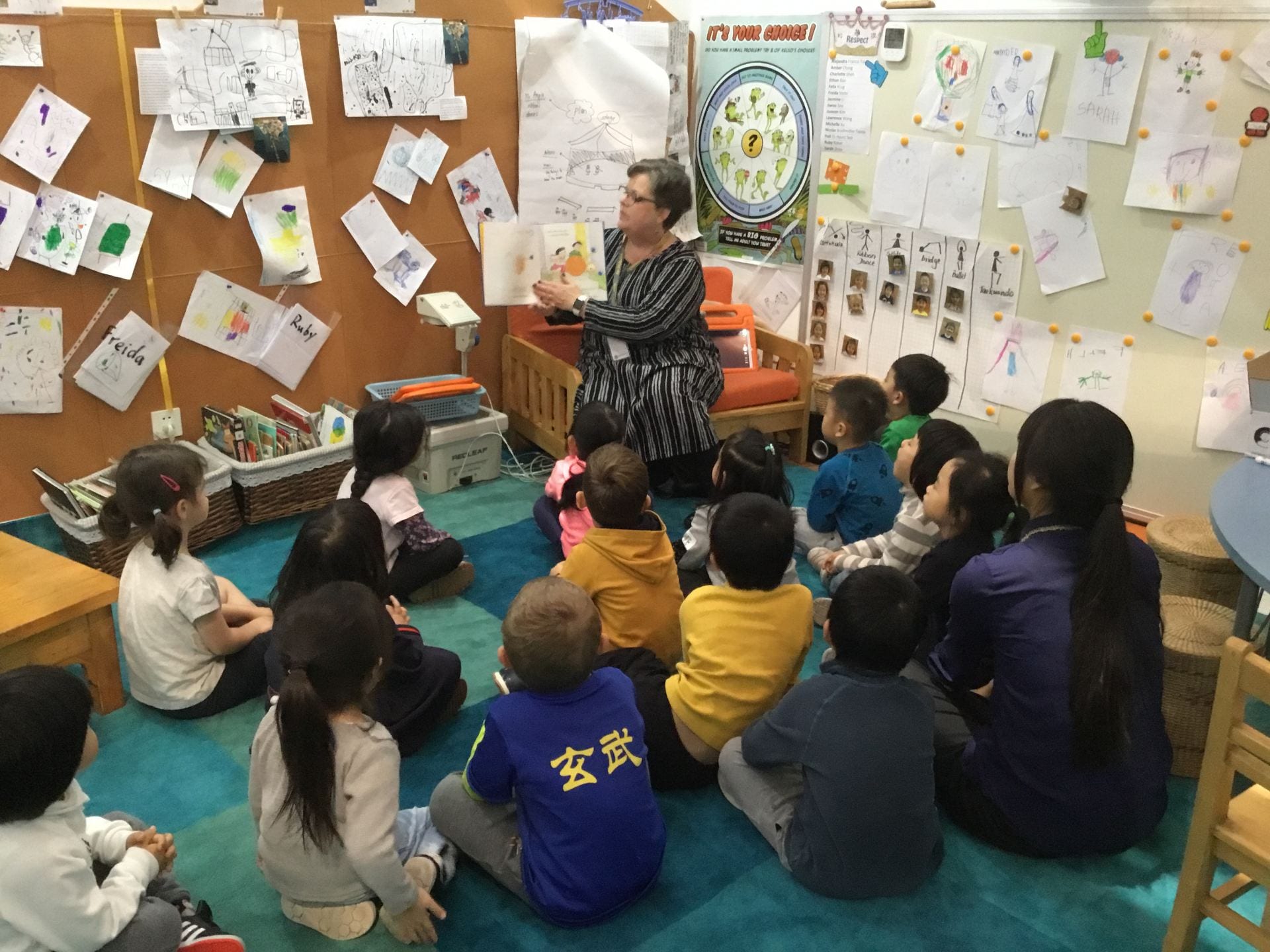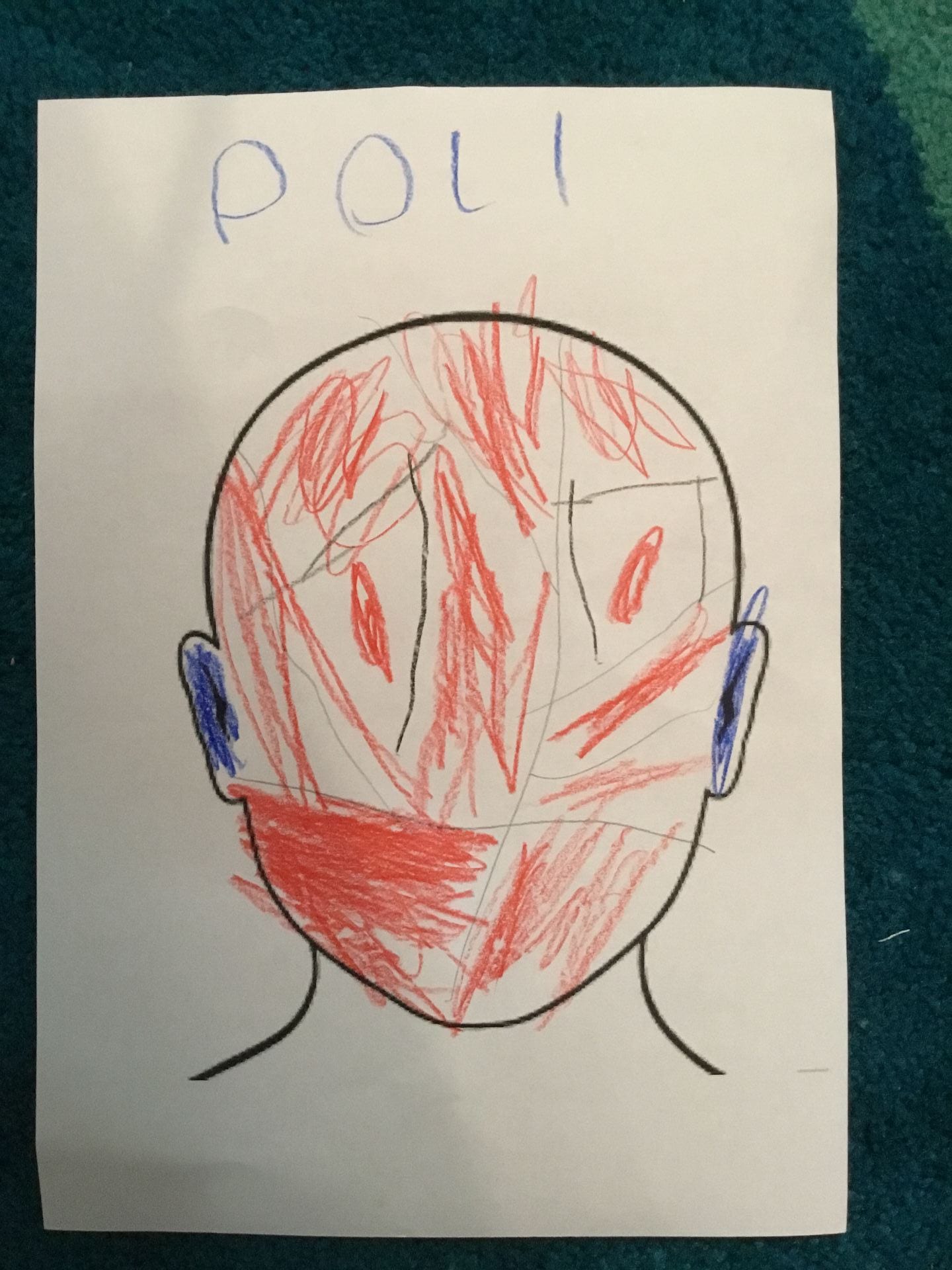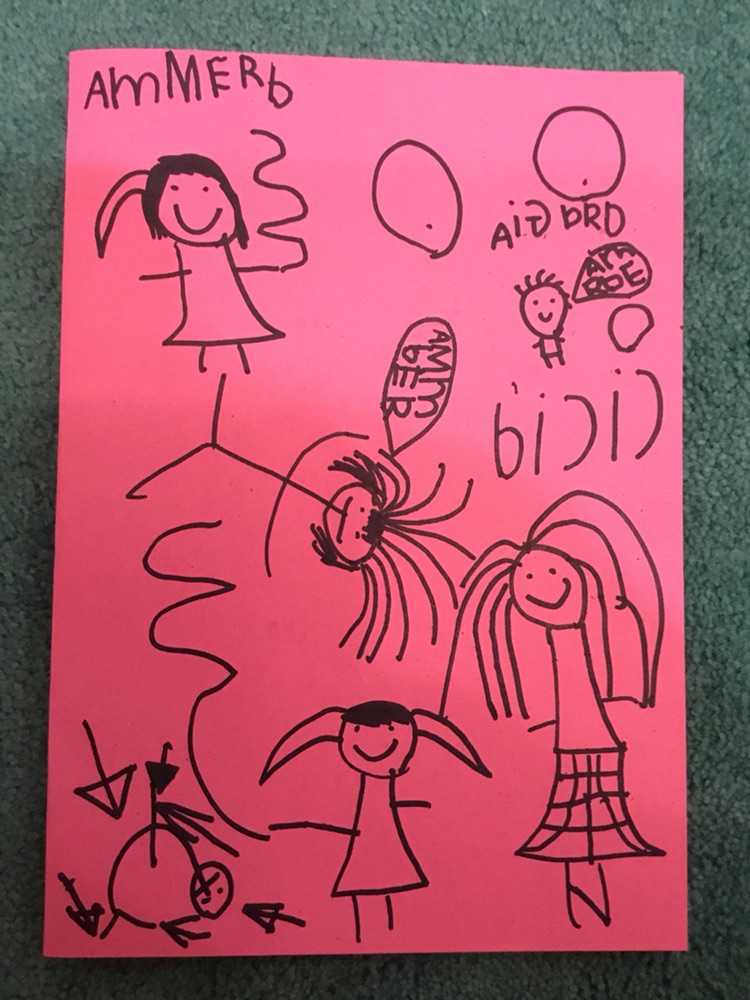Bikes and Trikes
During a discussion on shapes, the students explained that wheels on cars and bikes were ‘circles’. They watched a BrainPoP video on ‘Plane Shapes’, and began to talk about the wheels on their bicycles. Following on from this discussion, the students posted pictures of their bikes and trikes.
We gathered to talk about their pictures. How are the bicycles similar or different?
Freida ”My bicycle is small. It got small tires.”
Alejandra explained that some bikes were ‘Big‘ and others were ‘Small’. She said “Because me and Jasmine is more bigger than mine.” This was our first sort.
Jasmine “My bike has pedals.”
Poli said, “Because has here.” while pointing to the pedals. They explained that it helps the bicycles go faster.
We decided to sort out the pictures by ‘Has Pedals’, ‘Does Not Have Pedals‘.
 Poli “1, Alejandra NO. 1,2,3,4,5,6,7,8,9, YES!”
Poli “1, Alejandra NO. 1,2,3,4,5,6,7,8,9, YES!”
Lawrence “Alejandra and Jasmine is different. Chair!”
Alejandra “Another people can sit.”
Lawrence “ This have this, this no.” (referring to the rack at the back of the bicycle) Lawrence was referring to the bike rack. Our next sort was ‘Has a Bike Rack‘, ‘No Bike Rack‘.
Amber “The wheel is small.” This sort was based on the bikes with ‘Guide Wheels‘ and ones with ‘NO Guide Wheels‘.
Jiwoo “This is no, this yes.”
Alejandra “4 and 6.”
Jiwoo “This is one yes, this one no.” Referring to how some bicycles ‘Had Lights‘ and some ‘Did NOT Have Lights‘.
Alejandra “Amber has a back, for the baby, for the sun.” Referring to the hood at the back of the tricycle.
Nicolas “Because it has something at back and it’s big.”
This sort is based on if the bikes ‘Had a Hood‘, or ‘Did NOT Have a Hood‘.
Next, Poli noticed that some had baskets and some did not when he said, “Basket here in the back”. The sort was based on if the bicycle ‘Has a Basket‘, or ‘Has NO Basket.
Jiwoo pointed to a flag on one of the bikes. Then we sorted out the bikes with the headings ‘Has a Flag‘, ‘NO Flag‘.
 The students kept going. There was yet another way to sort the bikes and trikes. Some ‘Had a Bell‘ and some ‘Had Did Not Have a Bell‘.
The students kept going. There was yet another way to sort the bikes and trikes. Some ‘Had a Bell‘ and some ‘Had Did Not Have a Bell‘.
SLO’s
- Sort real objects into 2 sets by one common attribute using own and others’ criteria
- Explain criteria for sorting
- Be able to explain data using simple language such as same and different/more or less/most or least

























































































